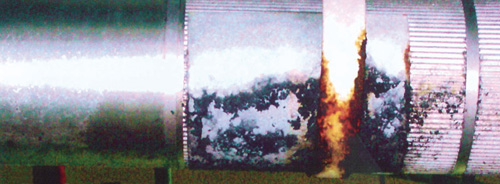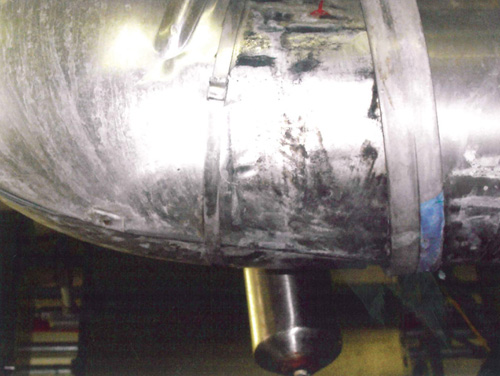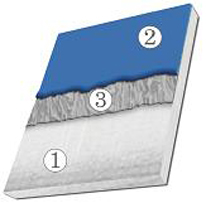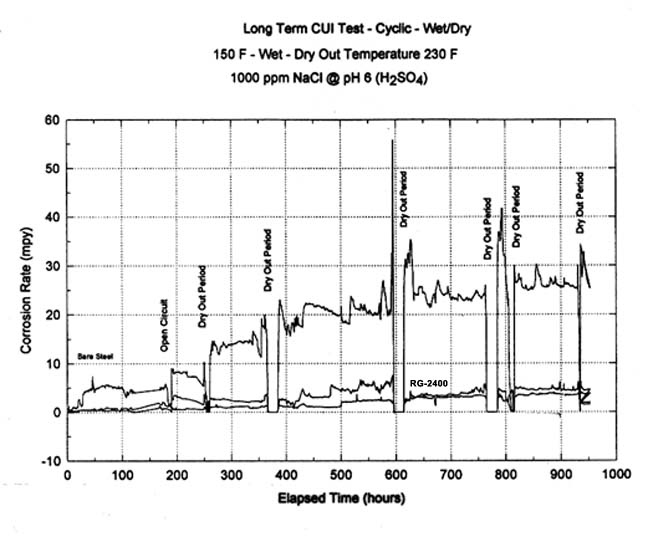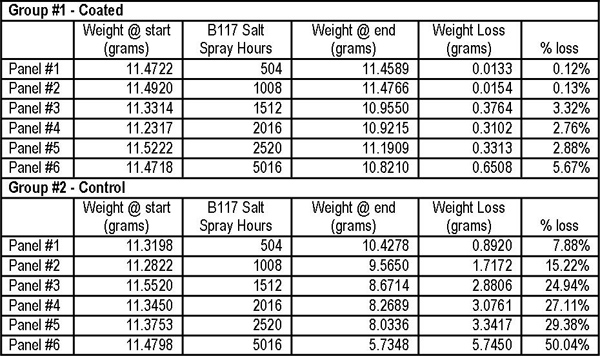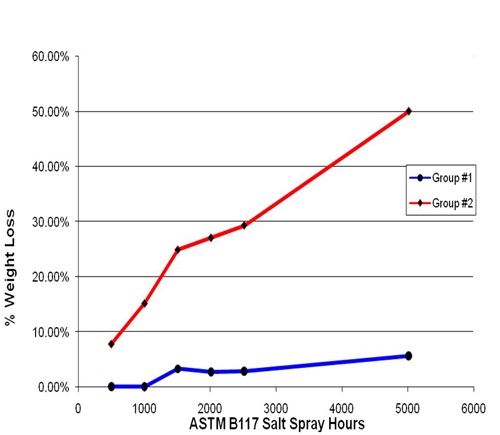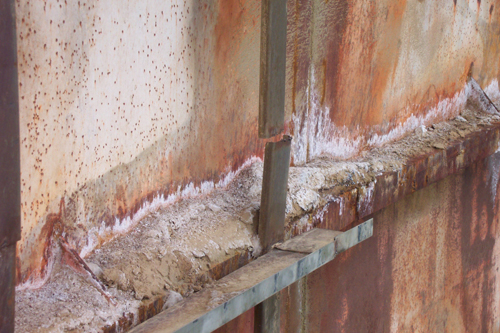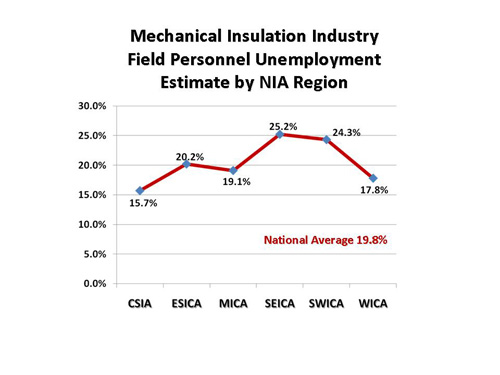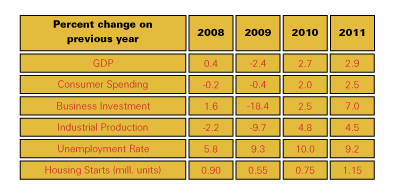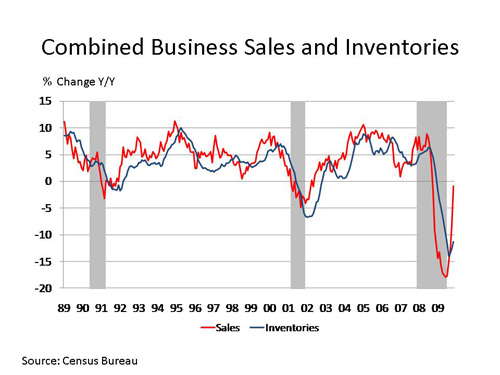Energy is increasingly in the spotlight in 2010, the subject of new government regulations and legislation. Meanwhile, concerns about energy generation and pollution are in the news as the Deepwater Horizon oil spill continues to affect the Gulf of Mexico. Here are a few of the energy stories that may affect the mechanical insulation industry for 2010 and beyond.
EPA Gives Shape to Economy-Wide Greenhouse Gas Regulation
On June 3, 2010, the Environmental Protection Agency (EPA) published its long-awaited “Tailoring Rule,” the latest in a series of federal rulemaking initiatives within the last few months that pertain to the regulation of greenhouse gases.
The Tailoring Rule clarifies the applicability of two major permitting programs under the Clean Air Act, establishing which new sources and modification projects must obtain permits for greenhouse gas emissions.
Preceding the Tailoring Rule was EPA’s Endangerment Finding, published on December 15, 2009, which identified greenhouse gas emissions from mobile sources as a threat to health and welfare. The Endangerment Finding also led to the Mobile Source Rule, published on May 7, 2010, which established new emission standards to constrain greenhouse gas emissions from mobile sources.
Under the structure of the Clean Air Act and another recent EPA rulemaking known as the “Trigger Rule,” tens of thousands of facilities emitting greenhouse gases would require permits for new construction or major modifications beginning in January 2011. The Tailoring Rule is intended to prevent permitting authorities from being overwhelmed with applications from these previously unregulated sources. The Tailoring Rule is significant because it reveals EPA’s plan to phase in greenhouse gas regulation throughout the economy over the next few years.
For questions regarding how federal and state steps to mitigate the effects of greenhouse gases might affect your operations, contact Robert B. McKinstry, Jr., 215-864-8208 or mckinstry@ballardspahr.com; Brendan K. Collins, 215-864-8106 or collins@ballardspahr.com; Jennifer E. Drust, 215-864-8275 or drustj@ballardspahr.com; or any other member of Ballard Spahr?s Climate Change and Sustainability Initiative.
Senate Energy Bills Take Varied Approaches
The energy bills being contemplated in the Senate vary in scope as well as details, according to the Congressional Research Service, which issued a comparison of two bills and a draft on June 16, 2010.
S. 1462, the American Clean Energy Leadership Act (ACELA) of 2009. This bill was introduced by Senator Bingaman and reported by the Senate Committee on Energy and Natural Resources on July 16, 2009. It is a broad energy bill aimed at promoting the development of clean energy technologies, increasing energy efficiency, and promoting domestic energy resources. Incentives for new technology include a renewable energy standard (RES) for electric utilities. The bill does not directly address greenhouse gas emissions: provisions for a greenhouse gas cap-and-trade system were instead included in S. 1733, the Clean Energy Jobs and American Power Act, sponsored by Senators Kerry and Boxer, and reported by the Senate Committee on Environment and Public Works on February 2, 2010.
S. 1462 has a broad array of energy efficiency provisions that include a major financing agency and a variety of programs that cover several sectors. It would establish a Clean Energy Deployment Administration (CEDA) as a quasi-independent agency at the Department of Energy (DOE). The new agency would promote the commercial deployment of clean energy technologies (including energy efficiency) by modifying the Loan Guarantee Program and increasing DOE’s authority to offer additional financial incentives. CEDA would draw upon a new Clean Energy Investment Fund, which would be simultaneously established as a $10 billion revolving fund at the Department of the Treasury.
S. 1462 would require that DOE update the residential and commercial energy codes every 3 years with increasing energy savings targets. Federal training and funding assistance would be available to states that adopt advanced building efficiency codes. Appropriations of $100 million per year would be authorized for 5 years. Second, the bill would direct EPA to establish a broad program of criteria and financial support for retrofits of residential buildings and direct DOE to establish a parallel program for commercial buildings. Third, the bill would provide a low-income rebate for energy-efficient manufactured housing. S. 1462 also proposes a zero-net-energy initiative for residential buildings, federal facility energy efficiency requirements, and several other buildings policies. It does not have a provision for building energy labeling.
S. 2877, the Carbon Limits and Energy for America’s Renewal (CLEAR) Act. This bill was introduced by Senators Cantwell and Collins on December 11, 2009, and has been referred to the Senate Committee on Finance. It would establish a program to control only carbon dioxide (CO2) emissions (covering 80 percent of U.S. greenhouse gas emissions), requiring fossil fuel producers (e.g., coal mines, gas wellheads) and importers to submit “carbon shares” for the CO2 emissions related to the fossil fuels they produce or import. The President would limit (or cap) the quantity of carbon shares available for submission each year, and the Department of Treasury would distribute all of the carbon shares through monthly auctions.
S. 2877 includes two energy efficiency provisions: a consumer loan program and a trust fund that may be used for energy efficiency projects. It would allow the use of Clean Energy Reinvestment Trust Fund (CERT) monies for energy efficiency projects, among other purposes.
S. 2877 would establish an Energy Efficiency Consumer Loan Program. Under the program, any qualified individual (a lawful resident of the United States) would be allowed to borrow against any future energy security dividend (an individual’s pro-rated share of carbon rebate auction proceeds) to invest in energy efficiency or clean energy technologies and services that would reduce energy bills and greenhouse gas emissions.
Discussion Draft of the American Power Act (APA). This draft was released on May 12, 2010, by Senators Kerry and Lieberman. A comprehensive energy and climate change policy proposal, the draft would set greenhouse gas reduction goals similar to those in H.R. 2454 (the bill most comparable to the APA draft), which passed the House in June 2009. The APA employs a market-based cap-and-trade scheme for electric generators and industry with a separate price mechanism to cover emissions from transportation fuels. The draft proposal would allocate a significant amount of allowance value to energy consumers, low-income households, and the promotion of low-carbon energy technologies. In addition, the draft would provide incentives for the expansion of nuclear power, carbon capture and storage technology, and advanced vehicles.
The APA draft proposes to use emission control allowances to support consumer-oriented energy efficiency provisions—offered mainly through states and energy utility companies. The draft would direct the EPA Administrator to distribute allowances to states (2 percent in 2016) and Indian tribes (0.01 percent in 2016) that would be used for energy efficiency and renewable energy purposes. The energy efficiency purposes include programs for building energy codes, manufactured homes, building energy performance labeling, and retrofits of existing buildings. Cost-effective energy efficiency programs administered by local governments and entities may also be eligible.
The APA discussion draft would direct the USDA’s Administrator of the Rural Utilities Service to distribute allowances to eligible entities (public power companies and electric cooperatives) that would preserve or create jobs by providing loans to qualified consumers that will use the loans to implement energy efficiency measures to reduce energy costs, energy use, or greenhouse gas emissions. The Administrator would also be empowered to establish agreements with eligible entities to conduct energy efficiency loan demonstration projects. Such sums as necessary would be authorized for this section.
The APA discussion draft would establish a formula to allocate emission allowances to natural gas distribution companies and to states for the benefit of residential and commercial home heating oil and propane users. A share of allowances allocated to those groups (at least 20 percent for natural gas and at least 50 percent for heating oil and propane) would be required to be used for “cost-effective” energy efficiency programs for energy consumers. The draft would require that allowances allocated to electricity distribution companies be used for the benefit of residential ratepayers. The provision does not directly call for the establishment of an energy efficiency program. However, it calls on the Government Accountability Office to prepare an audit report that includes a description of how local distribution companies meet, or fail to meet, the benefit requirement? including investments made in cost-effective end-use energy efficiency programs.
In addition to the plans discussed above, Senator Richard Lugar (R-IN) has introduced the Lugar Practical Energy and Climate Plan, which according to the Alliance to Save Energy focuses on money-saving efficiency policies designed to create long-term energy savings for cars and trucks, new buildings and appliances, existing homes, and commercial buildings and industry.
It is uncertain when or if any of these bills may come to a vote in the Senate.
Future ISO 50001 on Energy Management Progresses to Draft International Standard
The International Standards Organization’s (ISO’s) future ISO 50001 standard for energy management was recently approved as a Draft International Standard (DIS).
ISO 50001 will establish a framework for industrial plants, commercial facilities, or entire organizations to manage energy. Targeting broad applicability across national economic sectors, it is estimated that the standard could influence up to 60 percent of the world’s energy use.
The document is based on the common elements found in all ISO’s management system standards, ensuring a high level of compatibility with ISO 9001 (quality management) and ISO 14001 (environmental management). ISO 50001 will provide the following benefits:
- A framework for integrating energy efficiency into management practices
- Making better use of existing energy-consuming assets
- Benchmarking, measuring, documenting, and reporting energy intensity improvements and their projected impact on reductions in greenhouse gas (GHG) emissions
- Transparency and communication on the management of energy resources
- Energy management best practices and good energy management behaviors
- Evaluating and prioritizing the implementation of new energy-efficient technologies
- A framework for promoting energy efficiency throughout the supply chain
- Energy management improvements in the context of GHG emission reduction projects.
ISO 50001 is being developed by ISO project committee ISO/PC 242, Energy management. The secretariat of ISO/PC 242 is provided by the partnership of the ISO members for the United States (American National Standards Institute) and Brazil (Associação Brasileira de Normas Técnicas). Forty-two ISO member countries are participating in its development, with another 10 as observers.
Now that ISO 50001 has advanced to the DIS stage, national member bodies of ISO have been invited to vote and comment on the text of the standard during the five-month balloting period.
If the outcome of the DIS voting is positive, the modified document will then be circulated to the ISO members as a Final Draft International Standard (FDIS). If that vote is positive, ISO 50001 is expected to be published as an International Standard by early 2011.
For more information, visit www.iso.org.
What’s Ahead?
With so many changes in standards and legislation, it’s hard to predict what’s ahead for the energy/power sector. But one thing seems certain: energy efficiency will be an important part of the immediate future for both power generators and consumers, and mechanical insulation will have a critical role to play.
For the latest information on NIA’s legislative activities, visit www.insulation.org.

